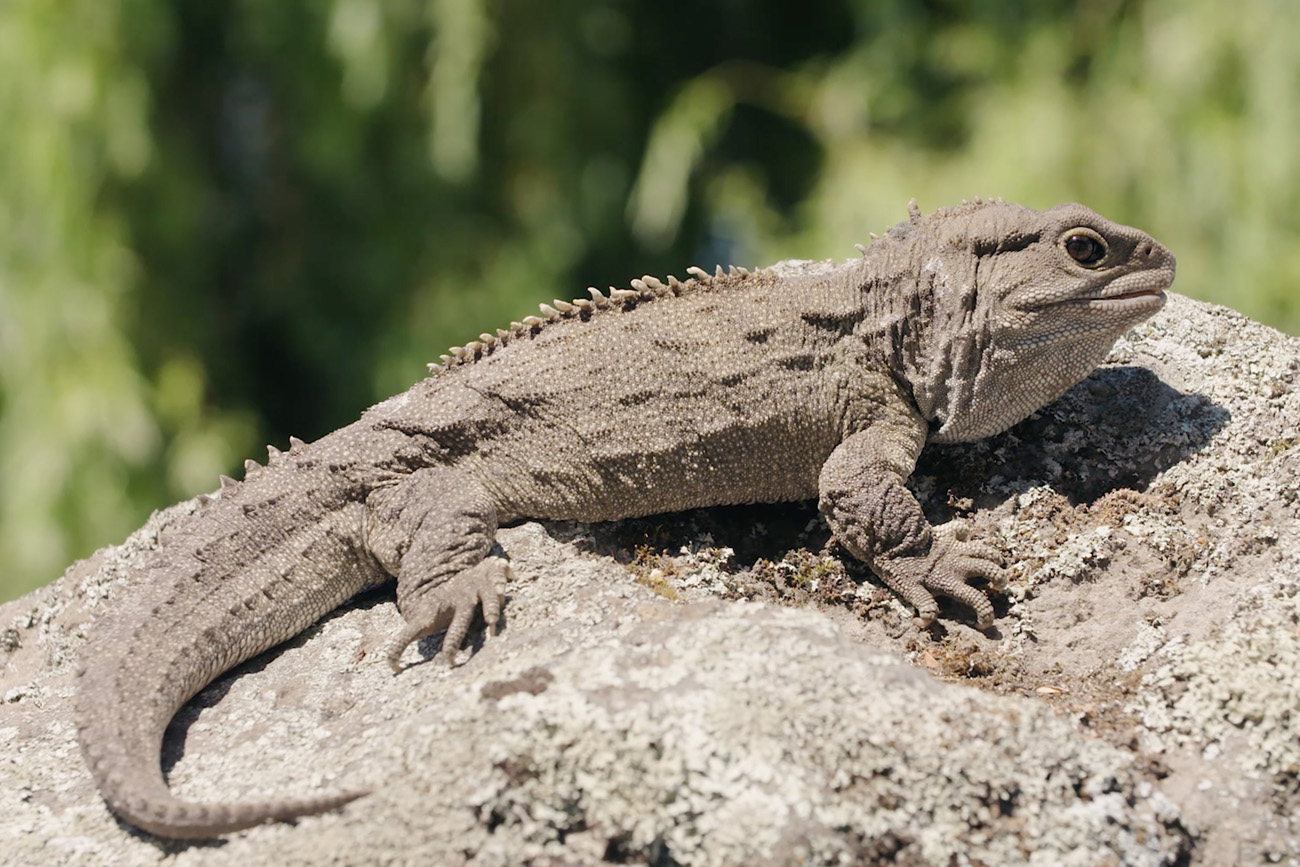Caring for the environment
The people who work in mining
care for the places they mine
In New Zealand, there are strict environmental rules and regulations that ensure the impacts of mining are mitigated or offset.
Mining is a temporary activity – miners borrow the land, extract minerals, and return the land to an agreed state, often better than when mining began.
From the moment mining begins, rehabilitation work starts. As mining proceeds completed areas of mining are typically filled in and/or re-contoured using waste rock, covered in topsoil, and sown in vegetation.

A farm that is mined will be returned to farmland – and is often more productive as a result, with enhanced soil fertility.
Conservation land or native forest will be returned, with plantings, translocation of native wildlife, pest management, and with time doing the rest.
New land uses or facilities may be created by mining. An open pit or tailings dam may be formed into a pond, lake, or wetland, for conservation or community use. Roads may be retained as part of the transport network. The Macraes gold mine in East Otago built a trout hatchery; Newmont Waihi Gold restored a river that had been damaged by historic gold mining; Stockton mine on the West Coast of the South Island is breeding kiwi and protecting them from predators.
Mining companies engage with Māori and the community as they work through the various stages of their planning and work.






